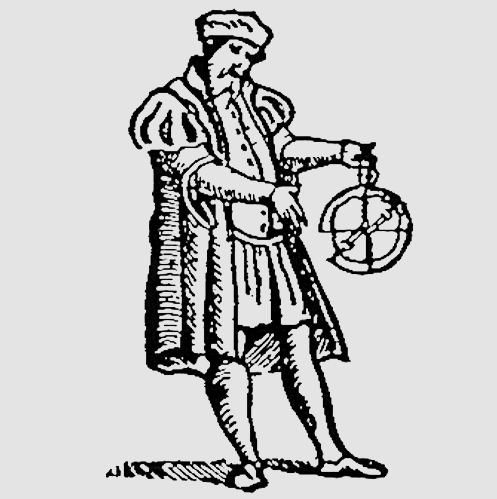Date/Time
Thursday
10 Nov 2011
12:00 pm - 2:00 pm
Location
470 Stephens Hall
Event Type
Brownbag
Miguel Sánchez Romero
Fulbright Postdoctoral Fellow, University of California, Berkeley
As it is well known, world’s fairs, universal expositions, and other large public exhibitions are an excellent source for studying the societies that organized them. The exhibitions of the first era, the so-called “era of industrialization” (1851 – 1940), have provided a fertile field of research from many points of view. Different aspects of those events have been studied: the architecture, the implicit ideology, the urban transformations, the arts, etc. By means of them, the national bourgeoisies of Western countries projected their dreams, their self-images, their ideas about future.
One of the most important aspects of those exhibitions was the role of technology. Indeed, the first big exhibitions (1844, 1851, 1853, 1862) were born as gigantic attempts to display the technological and scientific advances of Britain, France and the US. The world exposition was the temple where technology was venerated, with dominant industrialists officiating as its supreme priests. The closed showgrounds where the exhibitions were held appeared as promised utopias, based on technological progress.
We have studied different exhibitions in southern Europe around the turn of the nineteenth century. Our initial goal was to identify the industrialization process at this time, in some of the peripheral areas of Europe. But we realized one interesting issue: the change in the role of technology in the exhibitions. In Liége International Exposition (1905) or Valencia Regional Exposition (1909), technology had lost its central role. In some way, those exhibitions were the antecedents of large amusement parks. Technology was transformed into a tool for entertainment.
We have came to San Francisco to study the Panama-Pacific International Exposition (1915) to test our thesis about the change in the role of technology. We will present our first results here.
Additional sponsorship comes from: Office for the History of Science and Technology



